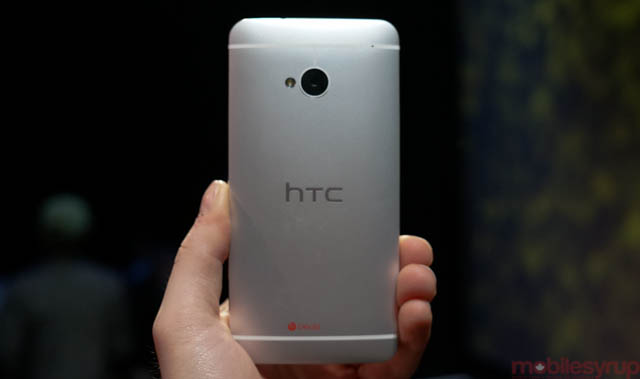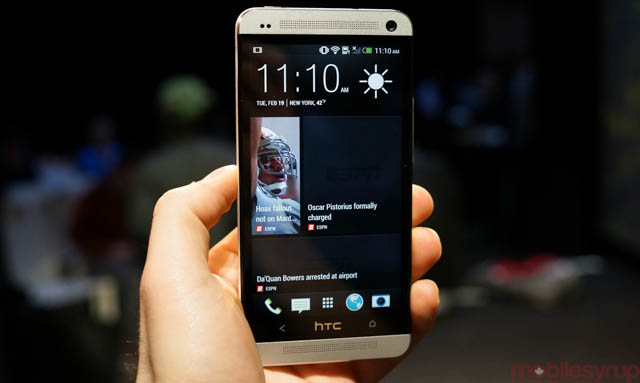
The days are getting longer here in the Northern Hemisphere as winter sputters and fades. In addition to (relatively) warmer temperatures, the end of February promises plenty of smartphone and tablet news out of Barcelona. Mobile World Congress 2013 begins on Monday the 25th, and as we await the plethora of new product announcements, let’s take a look back at a significant launch that happened just a few days ago: the HTC One.
Related posts
* HTC One Hands-on
* HTC One Accessories Hands-on
* HTC One Photo and Video Samples
HTC launched the One X, One S and One V, alongside Sense 4.0, at Mobile World Congress 2012. I wasn’t able to make it to Barcelona, so HTC flew me down to New York City to spend some time with the North American versions of the phones. While the international model of the One X sported a quad-core Tegra 3 chip, promising blazing fast graphics performance from the newly-minted Nvidia SoC, ours stood tall with the Qualcomm Snadragon S4, a dual-core chip that eventually proved the better of the two choices. It also paved the way for Qualcomm’s ostensible sweep of the 2012 Smartphone World Series, powering everything from Samsung’s Galaxy S III (dual-core) to the LG Optimus G (quad-core).
It’s hard to believe the One series launched just under a year ago; so much has changed in the industry since then, including HTC’s market share. In 2012, HTC promised to cut down on the number of devices it launched, and though the One series was its only major Android product announcement for the year, there were others, the One X+ and Desire C among them. These were all fantastic devices: beautifully-designed, tremendously well built, relatively inexpensive. And yet the company couldn’t catch a break, selling comparatively fewer smartphones than it did a year earlier. Not only did its market share decline, but its share price continued to drop on news of shrinking quarterly profits and dwindling cash reserves.

So, as we approach the launch of the HTC One, as canonical a smartphone as there ever was, can the company rely on its single-device approach to win back consumers? All the ingredients are there: performance, design, features. The screen is gorgeous, easily the best on the market. It’s running some of the newest hardware to date, smashing benchmark records and taking names. It’s dramatically simplifying the Android experience, eschewing the standard scheme in favour of a two-button solution and a new version of Sense that feels fast, intuitive and oh-so-smooth.
But the company has also focused on what users want most: excellent photos; snippets of news; great battery life (TBD); high-quality sound; a premium form factor. With the right marketing campaign, it stands to win over a lot of customers tired of Apple and bored with Galaxy. But Samsung is unlikely to sit on its hands waiting for HTC to steamroll them; indeed, the Korean company has been the one doing the steamrolling, increasingly viciously, since 2010.
This is HTC’s opportunity to strike; if it misses the boat, there may not be another one next February. I loved the company’s entire 2012 product line, and yet I come across consumers who cannot recall a single HTC device. Alongside a successful (and prompt) launch, HTC needs a brand boost, a reason for people to be excited again. I’m cautiously optimistic: not for the One, which I believe to be a great phone, but for the company’s future.
What do you think? Will you be buying the HTC One, or are you waiting for The Next Big Thing?
MobileSyrup may earn a commission from purchases made via our links, which helps fund the journalism we provide free on our website. These links do not influence our editorial content. Support us here.


